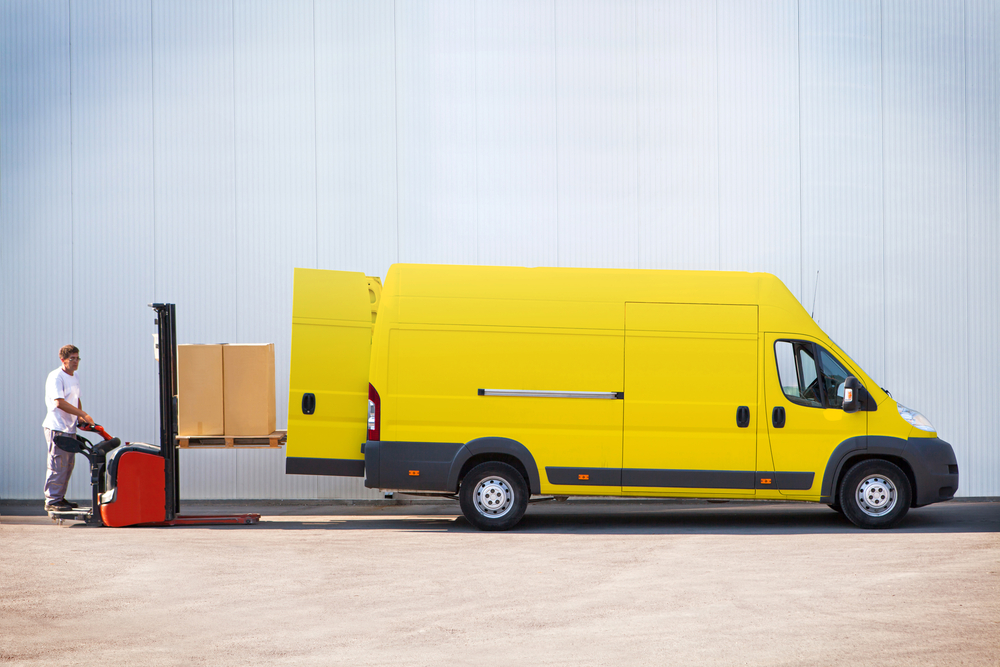
Last-Mile Delivery Metrics: The Importance of Tracking Performance
Do Metrics Matter If Your Vehicles Are Out of Service?
If you have a streamlined distribution system, then you should have just enough trucks to handle your delivery needs. Otherwise, you’d have more overhead costs by maintaining unnecessary vehicles.
Having a vehicle out of service doesn’t stop your last-mile delivery demands. This means that your last-mile delivery metrics are key to maintaining your delivery demands while you have a vehicle out of service. You can use your fleet management software to incorporate the out of service vehicle’s route into your other routes.
Another key point to consider is how many vehicles you have out of service at a single time. Last-mile fleet management software will ensure each of your vehicles receives the required regular maintenance. This will keep your vehicle in top running condition.
It will also ensure that you don’t have too many vehicles out of service at a single time. This will reduce the stress on your other routes as they cover the additional required stops.
On-Time Deliveries
About 13% of shoppers will not return if their shipment isn’t on time. This makes your delivery performance crucial to the future success of your business. You should be able to track your shipping times and determine how many shipments arrive late.
By tracking the number of late shipments, you can determine where the delay occurs. If it happens during the last mile, then you may need to better optimize your routes to increase your delivery efficiency.
Fuel/Energy Consumption
When your delivery vehicles are running, they are using fuel. This means that you are spending money. Tracking your fuel consumption will help you to better understand your fuel costs.
This metric can help you plan your routes better by identifying the routes that spend the most money. Look at this metric from a big picture point of view for your overall company fuel costs. Then consider it on a route by route basis to pinpoint the routes using significantly more fuel than others.
Mileage
The smartest thing you can do is optimize your vehicle’s route. The more your truck drives, the more wear and tear the truck experiences, and the more expensive your fuel costs are. Route optimization or route planning can best be done with software.
Integrate your ordering and warehouse software with your last-mile fleet management software. Then the system can determine what shipments need the delivery and what routes would be best to deliver them. More advanced software can be agile to adjust a vehicle’s route based on the current deliveries.
This will reduce the total number of miles driven and thereby reduce your cost per mile.
Capacity Utilization or Hours in Motion
You are wasting money when you load vehicles only half full. By analyzing your vehicle capacity, you may find that there are trucks not running at full capacity. You can then consider combining routes to increase the capacity utilization of a single vehicle.
Hours in motion relate to this because it tracks the time spent by drivers in motion versus the time they spend not moving. To figure this number out for each route, take the total number of hours the driver spends out on their route and divide it by the number of hours the vehicle spends in actual motion.
This number will help you improve the number of on-time deliveries you make and reduce the amount spent on fuel.
Number of Stops
Compare the number of stops each vehicle makes to the vehicle’s capacity, hours in motion, mileage, and fuel consumption. This number will fluctuate based on the total number of deliveries the vehicle has. Consider whether the number of stops is the most efficient.
Would you be able to reduce costs if you increased or decreased the number of stops?
Customer Complaints
It doesn’t matter how optimized your delivery routes are or how fast you deliver shipments, if your customers aren’t happy, they won’t order from you. This means you need to have a solid customer service program in place.
Track the number of customer complaints you receive and categorize them into topics. Then you can figure out where in your delivery chain, you’re having a break down that directly and negatively affects the customer.
Damages
There are two possible scenarios for damages. It could be packages that are damaged in transit. It could also be a returned product that the business damages out instead of having the customer ship it back.
These packages represent a complete loss for the business and hurt the bottom line. Ideally, you’ll have zero of these, but in the real world, this rarely happens. The goal is to reduce the number of damaged shipments as much as possible.
Find out your damage rate by taking your total number of shipments and dividing it by the number of damage claims.
Last-Mile Delivery Metrics: The Bottom Line
By looking for software that can provide you with last-mile delivery metrics, you can better set your business up with an optimized supply chain. Tracking analyzing delivery metrics will help you understand where you’re succeeding, where you need to improve, and what is costing you the most money.
Tracking and managing your fleet of vehicles with specialized software will give you a more accurate and detailed view of how your company manages your vehicles and their routes.
Schedule a live demo today and find out how Driveroo can help you track your last-mile delivery performance.
